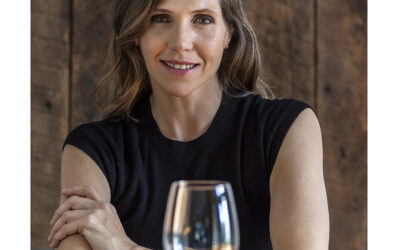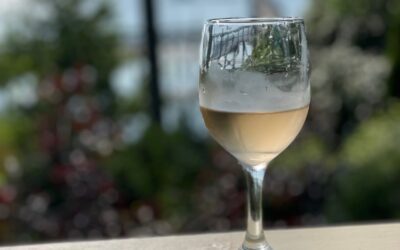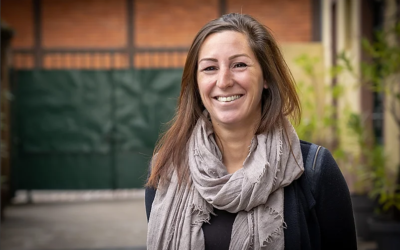Champagne Doyard-Mahé has been a family owned and run champagne house since its inception in the mid-20th century. Located in the premier cur village of Vertus in the illustrious Cote des Blancs, Doyard-Mahé is currently under the helm of fourth-generation family member, Carole Doyard, who many credit with bringing the house to its current world-renown notoriety.
The prestigious estate is comprised of 6 hectares of Chardonnay (90%) and Pinot Noir (10%) vines and since 1992 has been adhering to farming practices known as ‘viticulture raisonnée’ or sustainable viticulture.
Doyard-Mahé is a champagne house that is not only predominantly run by women who craft the famed 100% chardonnay signature house style, “Empreinte”, but it also has its illustrious roots in Champagne’s history. The House’s legacy to Champagne is the work of Carole’s great grandfather, Maurice Doyard, who co-founded the historical CIVC (Comité Interprofessionnel du vin de Champagne) in 1941, one of the most powerful trade organizations in the Champagne industry.
Champagne Doyard-Mahé has been steadily capturing hearts in their domestic market and around the world. I was fortunate to be able to get my hands on a bottle of “Empreinte” and suffice it to say, it was love at first sip! I shamelessly bragged about it with a post on Instagram and then something magic happened …. Carole Doyard “liked” my post.
I was as thrilled as a kid who had her first best friend in kindergarten. Jokes aside, this is the part of social media I do like – when you connect with fascinating people who are passionate about their craft and have a captivating effervescent personality.
It was an absolute honor to be able to interview Carole Doyard to learn more about the house, the champagnes and discover the joy of bubbles and her own personal bubbly journey.
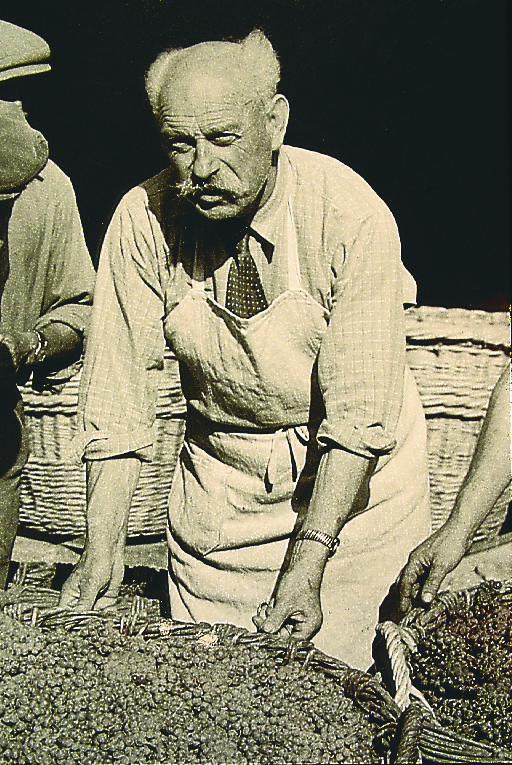
Your great-grand father created Champagne Doyard-Mahé. Can you tell us more about the house and its beginnings?
My great grand-father Maurice Doyard was the first in the family to press grapes in Vertus and was selling under the Doyard label in 1927 thus marking the official foundation of the estate. But at the time, he was selling his grapes to the big Champagne Houses. Also, he was extremely busy protecting the Champagne Appellation as secretary of the Syndicat General de Vignerons (General Union of Winegrowers). After years of negotiations, there was the creation of the CIVC in 1941.
Where does the name “Mahe” come from?
My father, Philippe Doyard married my mother Martine Mahé in 1975. She was from Tauxieres Mutry, a winegrowing region of the Montagne de Reims, and my maternal grandfather was crafting his champagnes under the name of François Mahé. My paternal grandfather, Jean Doyard is one of Maurice’s 7 children. He created his champagne brand named Jean Doyard, and then my parents launched Champagne Doyard-Mahé. My mother actively participated in the daily activities and hosted clients at the estate.
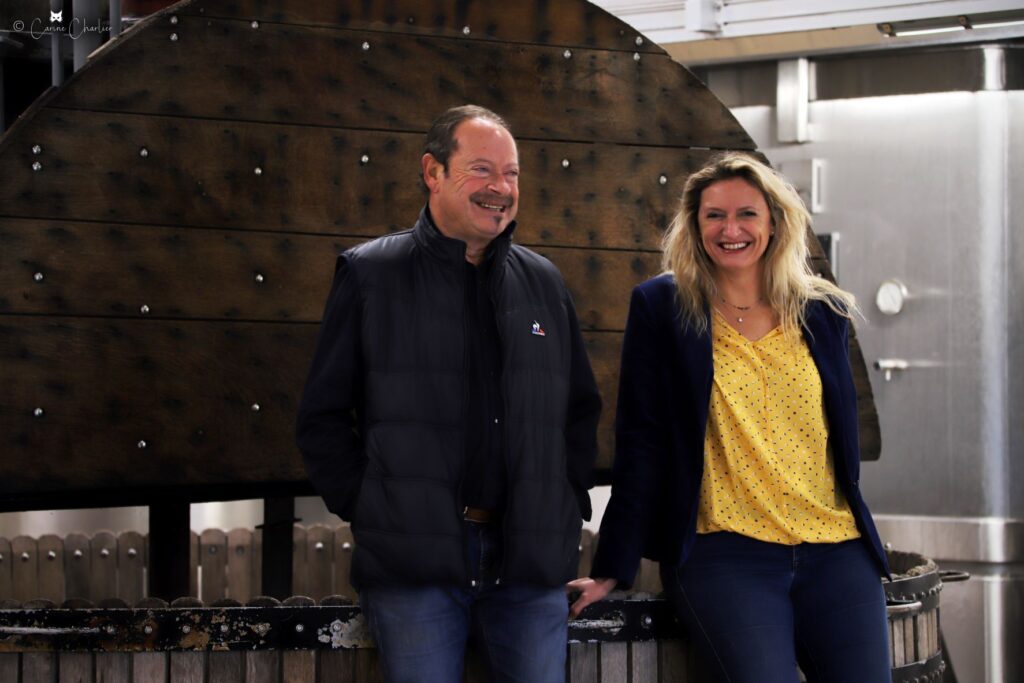
Your great-grandfather is a historical figure in Champagne as the co-creator of the CIVC. How is this heritage honored and what impact has it had on your champagne house?
My great grandfather left an incredible legacy on the history of Champagne and each one of us do our best to contribute to it. My grandfather Jean Doyard left a portion of his land to the moulin D’Argensole to build pressing facilities to vinify grapes. My father transformed this place into a haven of peace where today our clients take the time to sip and enjoy a glass of champagne by the river. I, myself, belong to a group of the Viti Forestry. I built my compost pile to provide organic material to the soils. I personally vinify all my champagnes and have worked on creating new cuvées. And finally, I have been traveling the world to share our history and the story of our champagnes. There’s a painting of my great grandfather in the reception area and there is not one day that goes by where we don’t look at each other and I am reminded of the beginning of this incredible story that is the birth of Champagne, the protection of this magnificent appellation, and all the obligations that we have daily to preserve it.
He adorns all “muselets” on our champagne bottles and I think it’s a beautiful salute and homage to his work and legacy.
You’re the fourth generation to take over the reins of the house. How has that transition been?
The transition between my dad and I was very smooth. He guided me, accompanied me then left me the liberty to take over on my own terms and changed things from the vine to the cellar – no more herbicides for the past 4 years; the launch of a zero dosage, Single vineyard champagnes produced from single parcel of my 70 years-old vines.
To be the fourth generation and the first woman to take over the reins of the estate and have a very proud father who is happily retired in Brittany is synonymous to a successful transition.
Were there any obstacles along the way you had to overcome?
As a woman? As a beginner? As the daughter of _?
I believe we all go through hardships and must face obstacles.
Today, I found my place and I am no longer intimidated by others.
I love my champagnes; they resemble me. They have character, elegance and style and they are enjoyed by many around the world from the USA, Scandinavia, Japan, Italy, Belgium, and Austria. I’m proud to perpetuate my family’s story with the same passion.
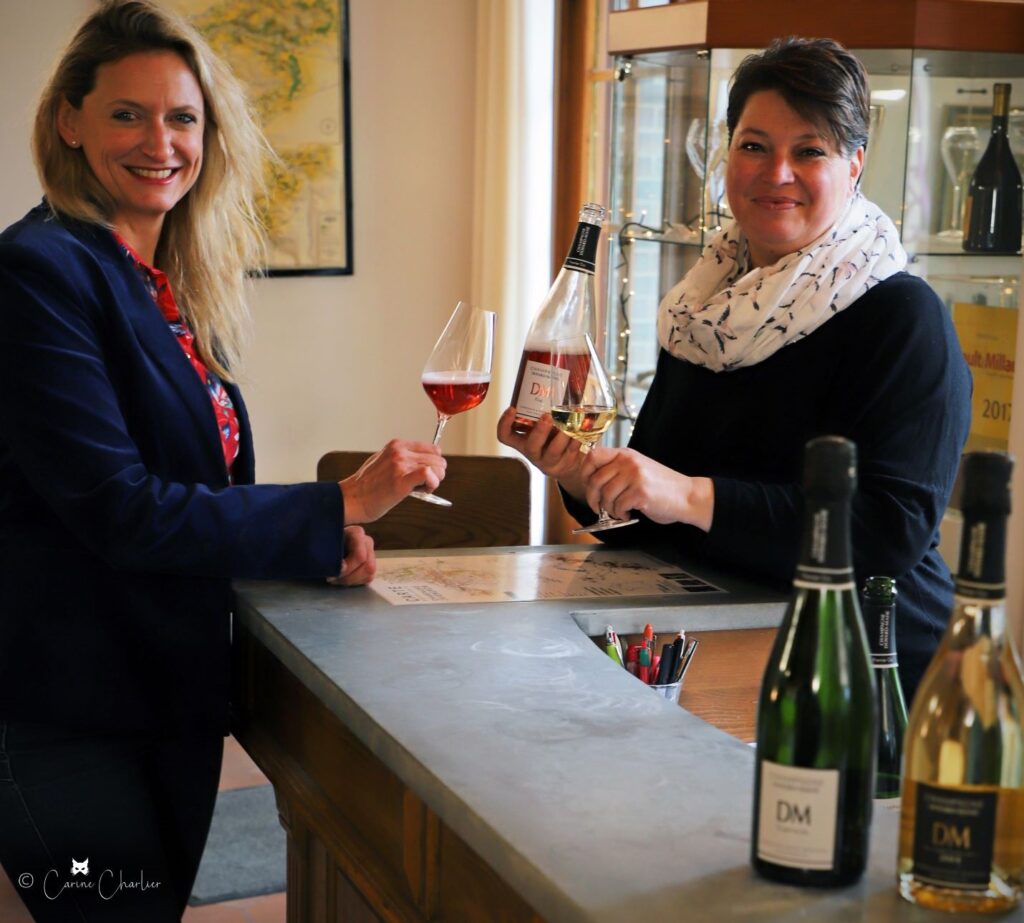
Doyard-Mahé is a champagne House that is today principally run by women. How do you see women’s evolution in Champagne. Is there more progress needed when it comes to the role and place of women in the industry?
I presently work with my cousin who handles all the administrative side of the business and the reception of clients who come visit the estate, and with Jennifer who ambidextrously handles the vines and the preparation of bottles before expedition. I believe women have been able to find their place but that there are still many obstacles especially as Chief Operating Officer.
I would say that growing up (I like that phrase as opposed to “getting old”) I was able to take a step back, gain more confidence and see that there’s a solution to every problem. That using force is not necessary and that there are tools in place to help you. In the cellar I was never bored. Just one time it was impossible for me to open a tank, then a strong man came to the rescue and ended up breaking the handle which proved to be pointless.
But indeed, women are more and more finding their place. Many cellar masters are women like at big Houses like Duval-Leroy or Alice Paillard.
On smaller scale vineyards and estates, women do not even ask themselves the question. They just do it. I am in the vineyards, in the cellar, I handle the entire process of elaborating a champagne all the way to the exportation phase. The administrative portion that I handle weighs on me, like certifications, but I was able to surround myself with people I trust and who help me daily.
Yes, there’s still a lot to do to bridge the gap between men and women, and the day we will no longer ask ourselves the question has yet to come
Do you plan on passing the reins over to your children at some point? How in your opinion will this next generation carry on the reputation, Image and future of the House?
It’s every grower’s dream! I have 3 children and I hope that at least one of them will carry the torch and pursue this beautiful adventure. But to impose it and demand it from them is utopian. They do help me a little bit in the vineyards, in the cellar or during the disgorgement process but I will always give them the choice to decide for themselves. I came back to the business at 30 years old. I resumed my studies in Avize and every day I am happy to be where I am and happy to have done what I did before because it allowed me to have a better look on life. I did travel a bit which is what young people want to do nowadays to have their own experiences. So, time will tell!
Your principal grape is Chardonnay. Except for your rosé all your cuvées are elaborated with 100% chardonnay grapes. What motivated this stylistic choice?
My terroir in the premier cru of Vertus is 90% planted with chardonnay and offers a beautiful aromatic palette as well as numerous choices when it comes to vinification. Today I like freshness and minerality, but tastes evolve so maybe one day I will try other styles.
“Empreinte” is the house’s signature cuvée. This champagne is for a true gem. How would you describe it?
Indeed, “Empreinte: (which means “footprint” in English) is very the DNA of the house. It is the footprint of my grandfather and my dad who crafted that cuvée. It is the genuine representation of my terroir in Vertus. It’s the blend of my 39 parcels from Vertus and my reserve wines. The cuvée goes through malolactic fermentation and vinification is handled in thermoregulated inox tanks. I keep temperatures at 18 C during the alcoholic fermentation then I stop the thermoregulation and malo is done at 21 degrees. This cuvée then matures and ages for two years in the cellar which was built by my grandfather under the family estate.
You also produce Ratafia. Can you tell us more about it?
Ratafia is also part of our family story. My grandfather and father started its production in the 1960s. I continue to craft it and mutate it with fine champagne and then incorporate it in a Solera cuvée then put in oak barrel for two years before being tasted.
Your Estate is in the premier cru village of Vertus. You have 6 hectares of vineyards that produce 90% Chardonnay and 10% Pinot Noir. What makes these vines special and unique?
To have 39 parcels spread across Vertus, in the plain, on hillsides and two at the top of the hillsides offers me great diversity to work with. Champagnes from Vertus are extremely recognizable. They are fresh, light. The chalk is flush with the ground. It is a chalk that was created millions of years ago by the sea which left seashells that form our territory today.
Champagnes from Vertus are very floral when they are young and when aged can express aromas of quince and prunes. Even beyond 24 months of aging, our champagnes are extremely appreciated. The acidity is not pronounced, it’s just very elegant.
What does “Viticulture Raisonnée” represent for you?
Today Viticulture Raisonée is for me 2 certifications: HVE (Haute Valeur Environnementale) – a national certification focused on biodiversity, manure, and inputs – and VDC (Viticulture Durable en Champagne) – a commitment based on 150 specific points.
It’s a normal mentality today. I have been part of a group of winegrowers who, since 1992, have been advocating for sustainable viticulture and a greener Champagne.
What is your most memorable champagne moment?
The tasting of the 1988 Vintage when I was 18 years old. It was love at first sip and a true revelation for me. I knew I would come back to Champagne, but I didn’t know when exactly.
And here I am today back in my estate crafting my own champagnes … what a joy!
What advice were you given along the way which proved to be valuable?
I am not someone who lives with a mountain of memories. I don’t recall my grandfather telling me he was happy that I came back to work in our family-owned champagne house. But I know he was happy and proud when I started exporting our bottles to the USA and Japan and it deeply touched me. As for my dad, he gave me all the daily tools to do my job and taught me to take the time to talk, listen and engage with our team.
And in this world where we always run after time, it is important to take it sometimes.
For more information go to: http://www.champagne-doyard-mahe.info/

